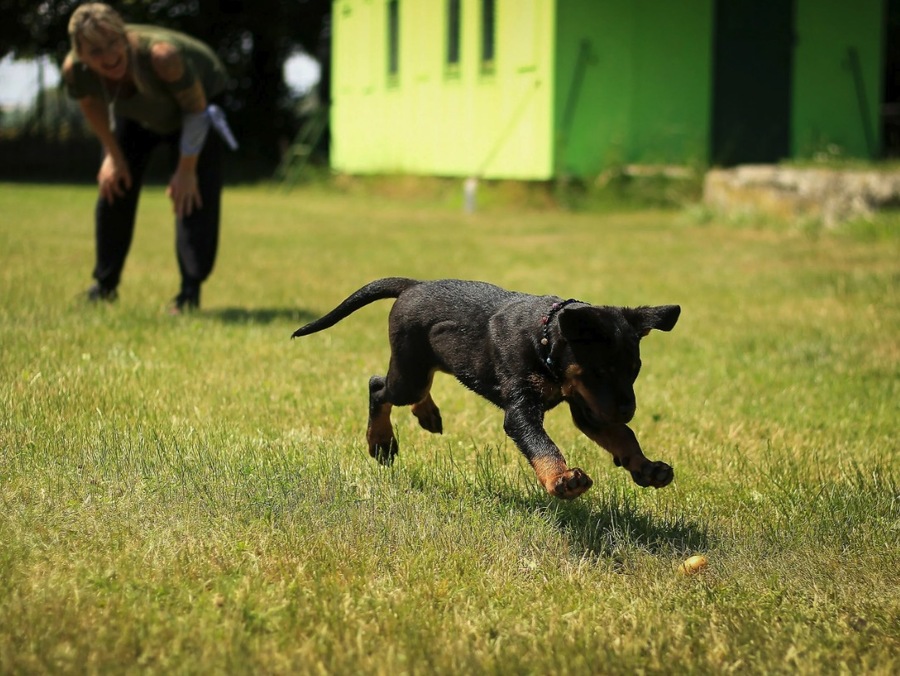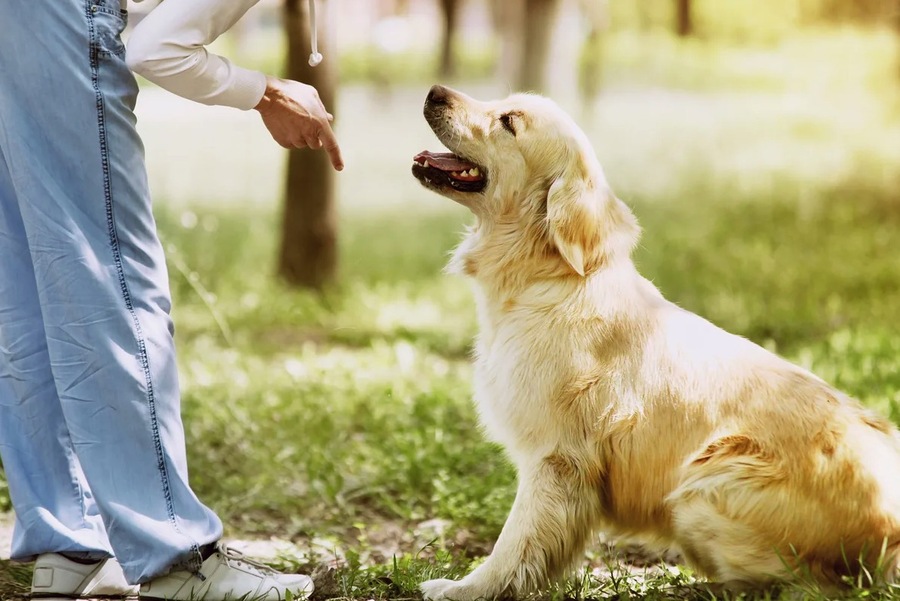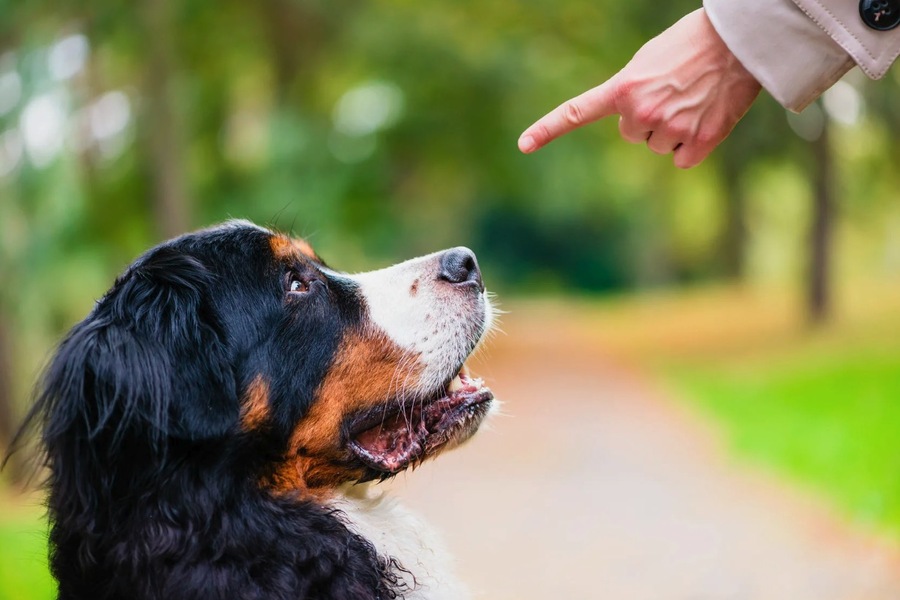Dog training encompasses a systematic approach to teaching dogs specific behaviors and correcting any undesirable ones. This process ranges from simple commands, such as sit, stay, and come, to more complex tasks like assistance in disability support or competitive sports like agility. The techniques used in dog training vary widely, including everything from positive reinforcement, which rewards good behavior, to more controversial and stringent methods like punishment-based training. Each technique aims to achieve effective communication and understanding between the dog and its owner, enhancing the pet’s social skills and ability to function well in human environments. Effective training not only ensures a well-behaved companion but also improves the safety of both the dog and the community it interacts with, making dog boarding services a smoother experience for both pet and owner.
Detailed History of Dog Training
– Ancient and Medieval Periods: The origins of dog training can be traced back to ancient civilizations. For instance, the Roman farmer Marcus Varrone in 127-116 BC provided detailed advice on raising and training puppies for herding livestock. This early documentation shows that even then, the utility of dogs in assisting with chores like herding was recognized and cultivated through training.
– 19th Century Developments: The formalization of dog training continued to evolve with significant contributions from individuals like W. N. Hutchinson, who in 1848 published “Breaking Dogs,” a guide that offered insights into more structured training techniques. This era marked a pivotal shift towards a more disciplined approach to dog training, laying the groundwork for future methodologies.
– Early 20th Century: This period saw innovative figures such as Conrad Most, who pioneered the training of dogs for police work in Germany. Appointed director of the State Institution for the Breeding and Training of Police Dogs in Berlin, Most conducted extensive research on training dogs for a variety of service tasks, establishing foundational practices that would influence law enforcement and military training programs worldwide.
– Mid-20th Century Innovations: The mid-20th century brought forward thinkers like Marian Breland Bailey and Konrad Lorenz, who significantly impacted the humane methods of animal training. Lorenz, in particular, laid the groundwork for ethological research, influencing how trainers understood animal behaviors and applied this knowledge to training practices.
– Later Developments: By the 1950s, figures like Blanche Saunders were advocating for domestic dog training across the U.S., emphasizing obedience and good household manners. The establishment of obedience trials by the American Kennel Club in 1935 also formalized this aspect of dog training. The research by John Paul Scott and John Fuller in 1965 further highlighted the critical periods of puppy learning and development, which became a cornerstone of modern puppy training programs.
– Modern Shifts: The late 20th and early 21st centuries have witnessed a significant shift towards reward-based training, driven by findings from veterinarians and behaviorists like Ian Dunbar. This period has also seen the rise of organizations advocating humane training methods, reflecting a broader trend towards more ethical and scientifically supported training practices.

How Dogs Learn
– Operant Conditioning: This form of learning involves dogs associating a specific behavior with a consequence. For example, if a behavior results in a positive outcome, such as receiving a treat, the behavior is likely to be repeated. Conversely, the behavior is likely to diminish if it results in a negative outcome.
– Classical Conditioning: This learning process involves creating associations between two stimuli. A famous example is Pavlov’s dogs, who learned to associate the sound of a bell with food, eventually responding to the bell alone as they would to food.
– Non-associative Learning: This simpler form of learning occurs without intentionally pairing stimuli. It includes habituation (decreasing response to a repeated harmless stimulus) and sensitization (increasing response after exposure to a strong stimulus).
– Observational Learning: Dogs can learn behaviors by observing and mimicking others. This learning is crucial in social animals like dogs, who often learn from watching their mother or other dogs.
– Cognitive Learning: Dogs are capable of processing information, solving problems, and making decisions based on past experiences, demonstrating a level of understanding and adaptation that goes beyond simple conditioning.
Training Methods
– Positive Reinforcement: This technique rewards dogs for desired behaviors, encouraging them to repeat those behaviors. It is considered one of the most humane and effective methods of training.
– Clicker Training: A form of positive reinforcement that uses a sound—a click—to mark the exact moment a desired behavior is performed. The sound is immediately followed by a reward, helping the dog associate the click with positive outcomes.
– Rival Model Training: This method involves using another dog as a model to demonstrate desired behaviors, leveraging the dog’s natural inclination for social learning.
– Relationship-Based Training: This approach focuses on building a trusting and respectful relationship between the dog and the owner, using the relationship itself as the basis for teaching behaviors.
– Koehler Method: Developed by William Koehler, this method was once popular for its effectiveness but has been criticized for its use of harsh physical corrections.
– E-Collars (Electronic Collars): These controversial devices deliver electrical signals to a dog to deter undesirable behaviors. Their use is debated among professionals due to concerns about their effects on animal welfare.
– Dominance-Based Training: Based on theories of animal social structures, this method asserts that dogs view their family as a pack and respond to a clear hierarchy, necessitating that the humans assert themselves as the ‘alpha’.

Importance of Dog Training
Dog training is not merely a means to control a pet’s behavior; it is an integral part of building a mutually respectful and understanding relationship between pet and owner. Training enhances communication, ensures safety, aids in socialization, and increases the dog’s and its owner’s overall well-being. Moreover, it can significantly enhance the quality of life for both parties, allowing them to share a more harmonious and enjoyable life.
Conclusion
Effective dog training is essential for fostering a harmonious relationship between dogs and their owners. It ensures that dogs are safe, well-behaved, and adaptable to various social situations. By understanding and applying the right training methods, owners can significantly enhance the quality of their interactions with their pets, ensuring that they lead happy, healthy, and well-adjusted lives.

I graduated from the California Institute of Technology in 2016 with a bachelor’s degree in software development. While in school, I earned the 2015 Edmund Gains Award for my exemplary academic performance



